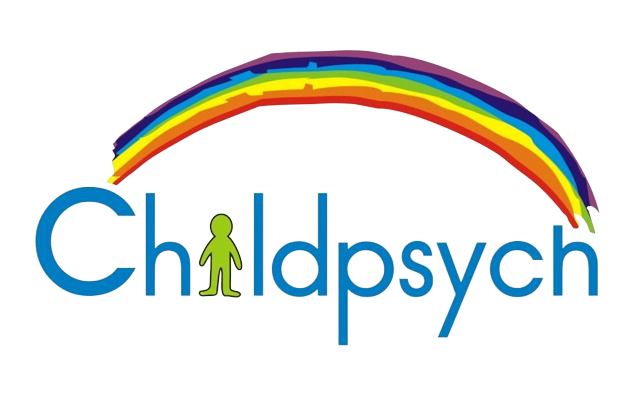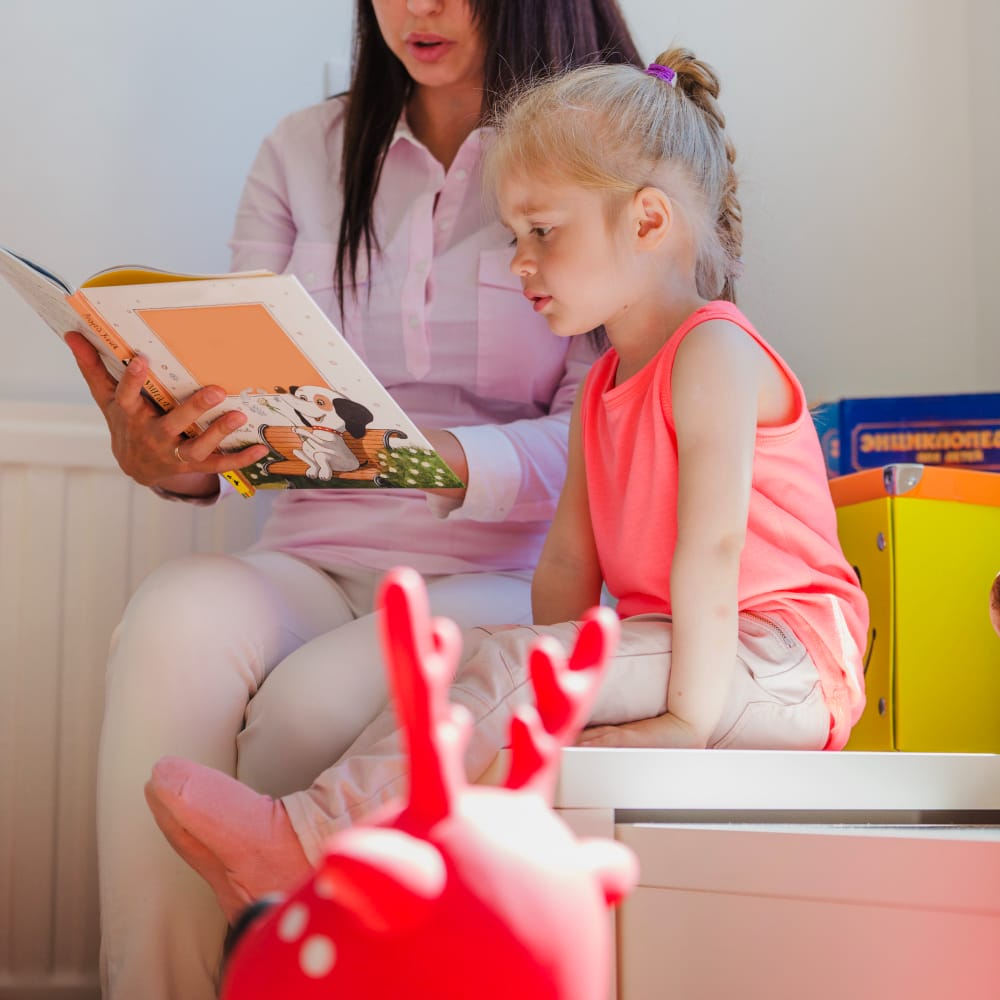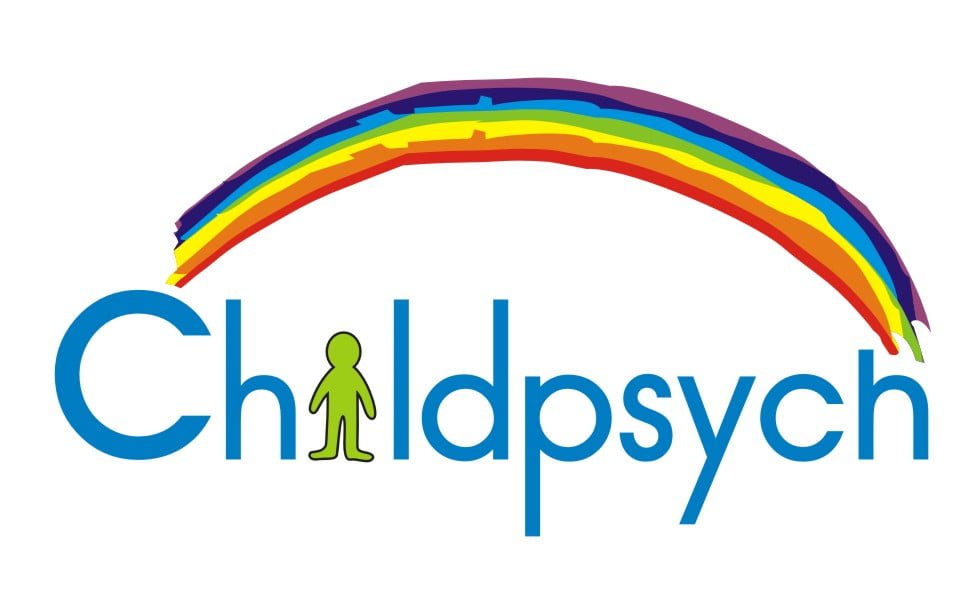As a parent, receiving an ADHD diagnosis for your child can be both a relief and a challenge. One common question that arises is whether you should tell your child about their ADHD diagnosis and, if so, how to approach the conversation. It’s essential to handle this with care, ensuring that your child understands their condition in a way that is empowering and age appropriate.
Why You Should Tell Your Child About Their ADHD
One of the primary reasons to inform your child about their ADHD diagnosis is to help them become aware of their own distractibility and impulsivity. This self-awareness is crucial as it enables them to monitor and manage their behaviour more effectively. Knowing they have ADHD can help them understand why they might struggle with certain tasks and can also make them more receptive to learning and using strategies to cope.
Moreover, being open about the diagnosis fosters self-advocacy. Children who understand their condition can better communicate their needs to teachers, peers, and other adults. This can lead to a more supportive environment both at school and at home, which is vital for their overall development and self-esteem.
Making the Explanation Age-Appropriate
It’s important to tailor the explanation to your child’s age and level of understanding. Younger children will need a different approach compared to older ones. Here’s a strategy that can be effective for explaining ADHD to young children:
The Ferrari Brain and Bicycle Brakes Analogy
One of the simplest and most relatable ways to explain ADHD to a young child is by using the analogy of a Ferrari with bicycle brakes. You can tell your child that their brain is like a very strong, fast car—a Ferrari. This helps them see their brain as something powerful and special. However, you can then explain that while their brain is very strong, the brakes they have to control it are more like those on a bicycle. This means that when their brain starts heading off in a direction, the brakes aren’t always strong enough to keep it on track.
This analogy helps children visualize their brain’s strength and the challenges they face in controlling it. It also sets the stage for empowering them to learn techniques to “strengthen those brakes.” This might include using tools and strategies to improve focus and manage impulsivity, like taking breaks during homework, using visual reminders, or practicing mindfulness.
Empowering Your Child with Techniques and Strategies
Once your child understands their ADHD, the next step is to empower them with tools and strategies to manage it. Here are some techniques that can help:
- Routine and Structure: Establishing a consistent daily routine can help children with ADHD feel more in control and reduce distractibility.
- Break Tasks into Smaller Steps: Large tasks can be overwhelming. Breaking them into smaller, manageable steps can make it easier for your child to stay focused.
- Positive Reinforcement: Encourage and reward your child for their efforts and achievements, no matter how small. Positive reinforcement can boost their confidence and motivation.
- Mindfulness and Relaxation Techniques: Teaching your child mindfulness and relaxation techniques can help them calm their mind and improve focus.
- Physical Activity: Regular physical activity can help manage symptoms of ADHD by improving concentration and reducing hyperactivity.
Conclusion
Sharing your child’s ADHD diagnosis with them is a crucial step in helping them understand and manage their condition. By making the explanation age-appropriate and empowering them with effective strategies, you can foster a sense of self-awareness and self-advocacy in your child. Remember, the goal is to help them see their ADHD as a part of who they are and to equip them with the tools they need to thrive.
Watch a helpful video on this topic below:




